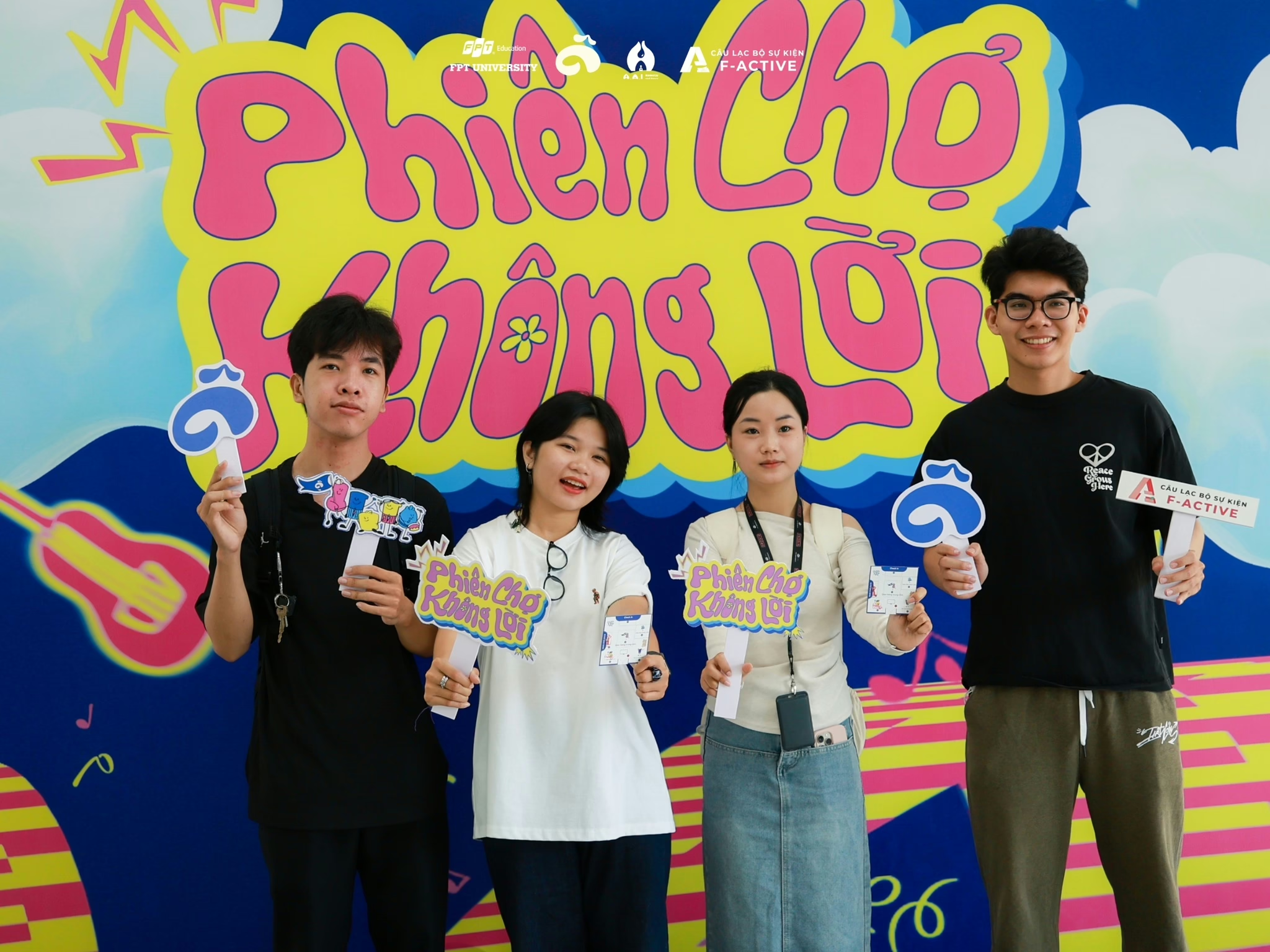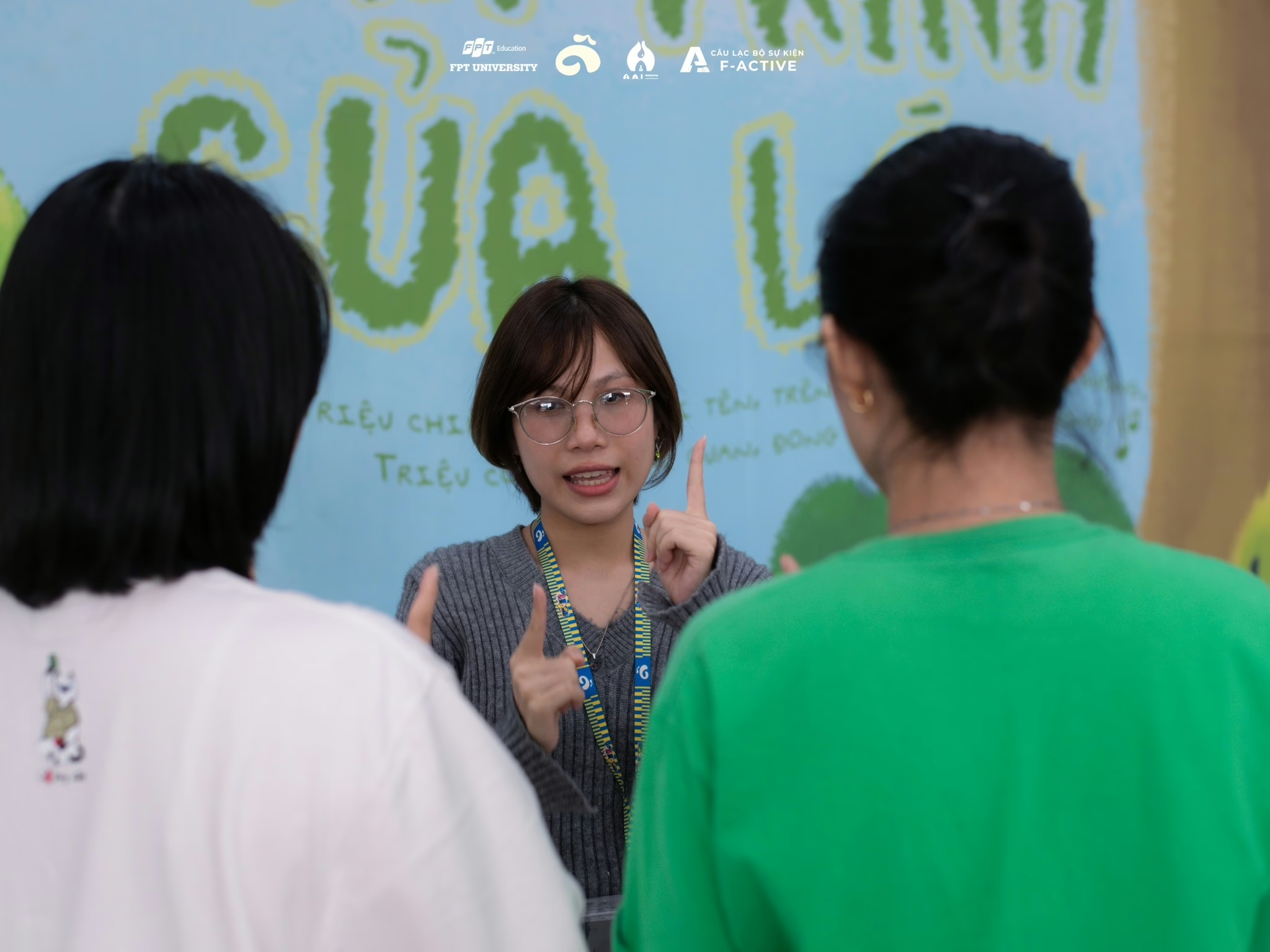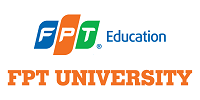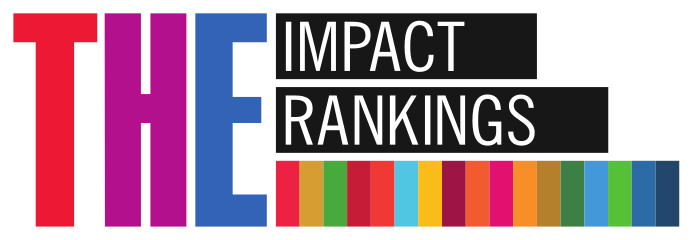Starting from a class project in Event Management, five Multimedia Communications students launched the “Eyes See, Hands Hear” campaign aimed at supporting marginalized groups in the community.
The “Eyes See, Hands Hear” campaign is part of a graduation project carried out by five K17 Multimedia Communications students at FPT University: Nguyen Hoang Duy, Nguyen Thanh Nhan, Huynh Kim, Truong Vinh Nhu Y, and Bui Ngoc Thanh. The campaign name “Eyes See, Hands Hear” was inspired by how the Deaf community communicates — by listening through watching hand gestures.
From classroom idea to real-life campaign
As young people eager to spread positive values to society, the five team members recognized that content tailored for Deaf and hard-of-hearing individuals remains limited. More importantly, daily communication with Deaf people is often hindered by a lack of understanding about Deaf culture and sign language.
“This reality motivated us to create ‘Eyes See, Hands Hear’ — a media campaign aimed at raising students’ awareness about the use of sign language, helping break down communication barriers between Deaf, hard-of-hearing, and hearing communities. The campaign does not focus on sympathy or charity but instead promotes a positive and respectful perspective on Deaf culture, giving students the chance to engage with sign language in a fresh and accessible way, and to appreciate the diversity of social communication,” the team shared.
One of the campaign’s highlights was the “Silent Market” event held on the FPT University campus, where students could experience communicating using sign language.
 The “Silent Market” attracted many students who came to explore and learn about sign language
The “Silent Market” attracted many students who came to explore and learn about sign language
Although called a “market,” the event did not involve buying or selling but instead focused on exchanging knowledge. Students were guided through basic phrases in sign language such as greetings, thank yous, and self-introductions, as well as learned how to express song lyrics through sign language. This was seen as a first key to connecting and breaking down communication barriers between Deaf and hearing individuals.
A project representative shared: “What impressed us the most was when Deaf guests joined the Silent Market, and the students were eager to communicate, greeting them and introducing themselves in sign language. The event made us realize that it’s not that students are uninterested in sign language or Deaf culture — in fact, they are eager to learn but often lack access to the right information and guidance.”
The next chapter of “Eyes See, Hands Hear”
Building on the success of the Silent Market, the team launched the “Quo Tour” workshop series at the end of March. The name “Quo Tour” comes from blending “World Tour” with “quo” — a playful, friendly expression used when learning sign language. The team aimed to create a lighthearted, welcoming space where students could comfortably engage with a new language.
While the Silent Market was just the first step, Quo Tour became a series of workshops allowing students to explore sign language more deeply. With Deaf guests and interpreting experts in attendance, the workshops combined practical insights into Deaf culture with real-world opportunities for students to practice signing together.
 The project aims to help close the communication gap between Deaf and hearing individuals.
The project aims to help close the communication gap between Deaf and hearing individuals.
Preparing for a long-term journey ahead, “Eyes See, Hands Hear” has established a partnership with the Can Tho Deaf Club to receive deeper technical support and gain access to more members of the Deaf community. In the near future, the team plans to expand its reach by bringing the program to universities and colleges across the region, before extending it to high schools.
Notably, “Eyes See, Hands Hear” is also nurturing a plan to integrate artificial intelligence (AI) to help bridge the communication divide between Deaf, hard-of-hearing, and hearing communities. The team is currently working with experts to study the feasibility and application potential of this initiative, aiming to connect Deaf culture with digital technology. Through this effort, they hope to foster greater understanding and respect for diversity in communication, while further promoting inclusion and equality in society.
Bich Hien



